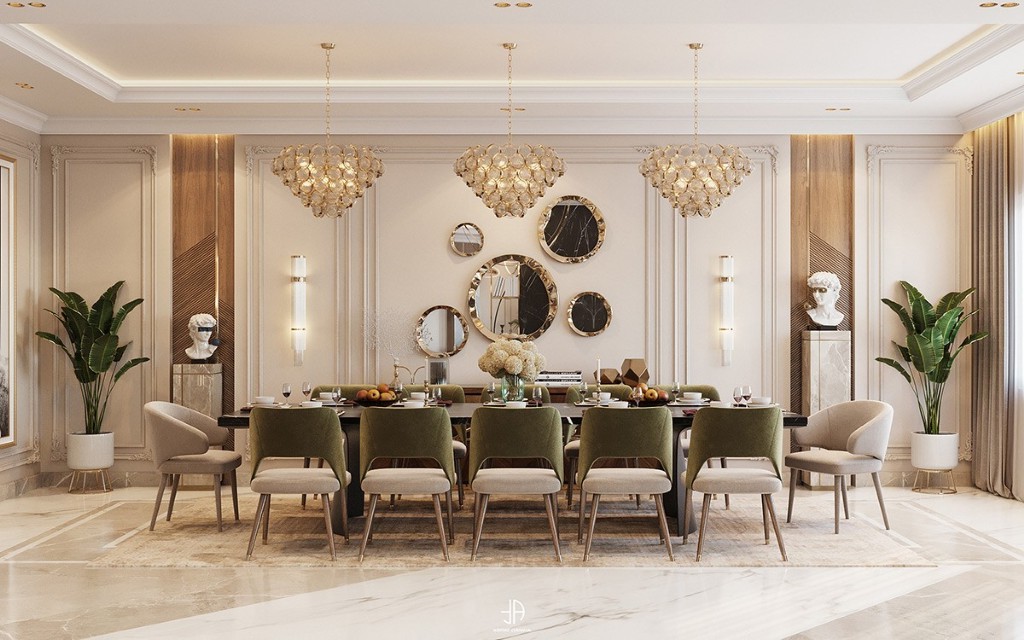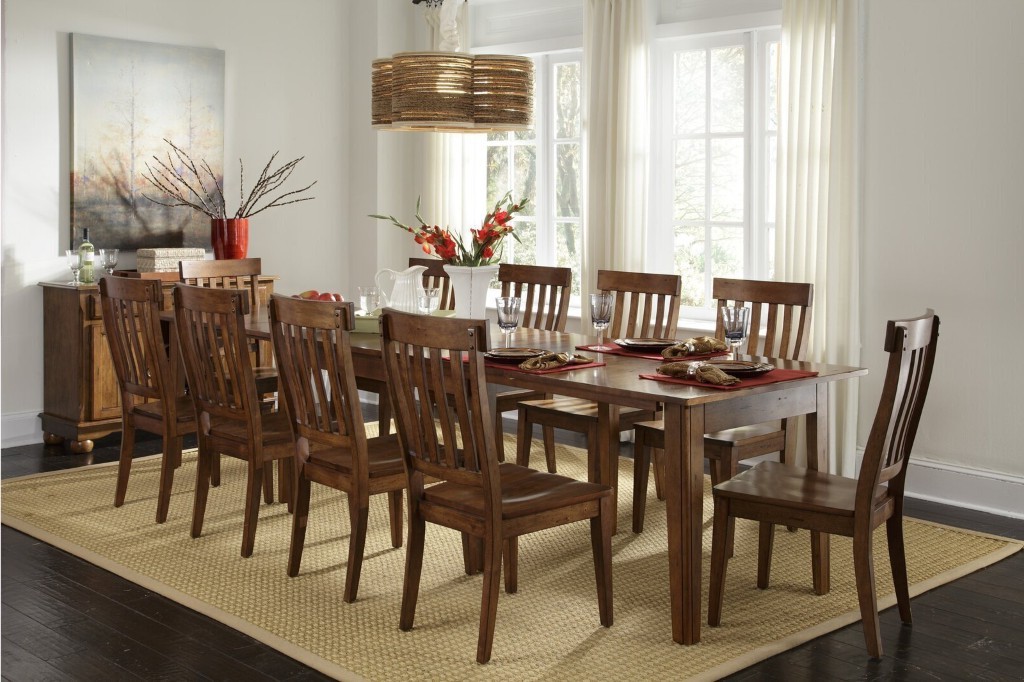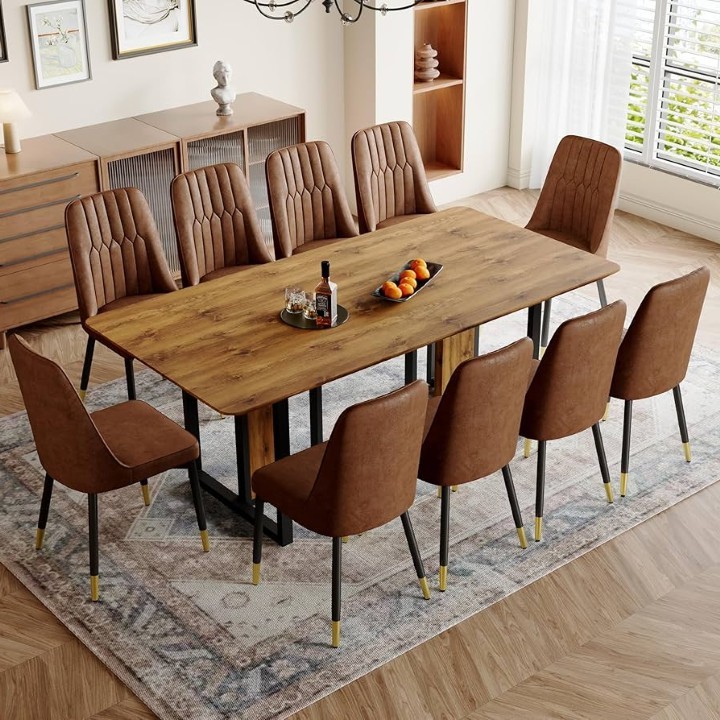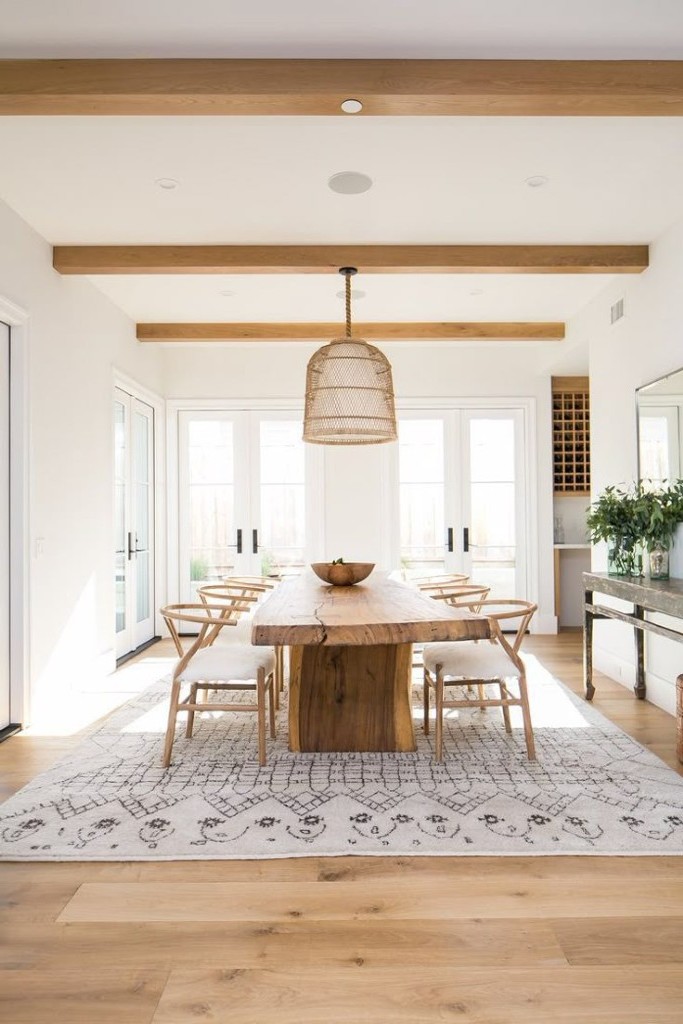Imagine a bustling dinner party, a joyous holiday feast, or just a relaxed family meal. What’s at the center of it all? More often than not, it’s the dining table. And when you’re hosting a crowd, that table needs to be substantial. But how do you choose the right size? It’s not just about picking the biggest one you can find. It’s about smart planning, understanding a few key measurements, and making sure your beautiful, big table actually works for you and your guests.
Hosting a large group can be incredibly rewarding, but it also comes with its own set of challenges. One of the biggest? Ensuring everyone has a comfortable place to sit and enjoy the occasion. A dining table isn’t just a piece of furniture; it’s the anchor for conversations, laughter, and shared experiences. When it comes to large dining tables, getting the dimensions right is crucial. It’s about balancing aesthetics with practicality, ensuring enough elbow room without feeling cramped. Let’s dive into what makes a large dining table truly successful, from its length and width to the space it needs around it.
The Crucial Measurement: How Much Space Per Person?
This is where we start. Each person seated at a dining table needs a certain amount of personal space to eat comfortably. Think about it: you need room for your plate, cutlery, a drink, and of course, your arms. A good rule of thumb is to allocate about 24 inches (60 cm) of table width per person. This might seem a bit snug, but it’s generally considered the minimum for comfortable dining. For larger, more formal gatherings, or if you simply want to offer more luxury, aiming for 30 inches (76 cm) per person is even better. This extra space really makes a difference in how relaxed everyone feels. So, if you’re envisioning seating eight people, you’ll want a table that offers at least 192 inches (24 inches x 8) of total width, or ideally 240 inches (30 inches x 8) for more breathing room.
Table Length: The Foundation of Your Seating Plan
Once you know how much space each person needs width-wise, you can start thinking about the overall length of your table. The length is directly related to the number of people you want to seat. A rectangular table is the most common shape for accommodating many guests. For every two people you want to seat along the length of the table, you’ll generally need about 12 inches (30 cm) of extra length. So, if you’re seating four people across the two long sides, that’s roughly 48 inches (12 inches x 4) of length needed just for them. Add in space for people at the ends, and you can see how quickly the table grows. For instance, a table that seats 8 might be around 72-84 inches (183-213 cm) long, while a table for 10 could be 96-108 inches (244-274 cm) or even longer. Don’t forget to consider the table’s ends; usually, one person can comfortably sit at each end, contributing to the overall seating count.
Understanding Table Width: Beyond Just Length
While length often gets the spotlight, the width of your dining table is equally important, especially for larger tables. A table that’s too narrow will make it difficult for guests to reach serving dishes placed in the center, and it can also feel cramped. For most dining tables, a width of 36-42 inches (91-107 cm) is quite standard. However, for long tables designed to seat many people, you might want to go a bit wider, perhaps 44-48 inches (112-122 cm). This extra width allows for larger centerpieces and, crucially, makes it easier for people to pass dishes around. It also provides more surface area for plates, glasses, and any other dining essentials without people feeling like they’re playing a game of Tetris with their elbows.
The Essential: Space Around the Table
Here’s a point often overlooked but absolutely vital: the space around your dining table. Even the most perfectly sized table will feel awkward and unusable if there isn’t enough room for chairs to be pulled out and for people to walk behind seated guests. You need at least 36 inches (91 cm) of clear space between the edge of the table and any walls or other furniture. This allows someone to comfortably pull out their chair and sit down. For areas where people need to walk behind, aim for 42-48 inches (107-122 cm). This ensures smooth traffic flow and prevents that feeling of being boxed in. Always measure this space before you commit to a table size. It’s easy to get lost in the table’s dimensions and forget about the room it inhabits.
Shape Matters: Rectangular, Round, or Oval?
While rectangular tables are the go-to for maximizing seating capacity in a linear fashion, don’t discount other shapes. Round tables can be wonderful for fostering conversation, as everyone is equidistant from each other. However, to seat a large number of people at a round table, it can become quite expansive and may not fit as efficiently in a room. An oval table offers a nice compromise, providing the flowing lines of a round table with the slightly better space efficiency of a rectangular one. For very large groups, a long, narrow rectangular table is often the most practical choice for fitting into a dining room. Consider the shape of your room and how you want the guests to interact when making your decision.
Practical Tips for Your Large Dining Table
So, you’ve got the measurements. What else? Think about functionality. Do you need a table that can extend? Many large dining tables come with leaves, allowing you to adjust the size based on your needs. This is a fantastic solution for those who host larger groups occasionally but don’t want a massive table dominating their space year-round. Consider the material and style, too. A heavy, solid wood table can be a stunning centerpiece, but ensure it fits through doorways and hallways. And remember, comfort isn’t just about space; it’s also about the chairs! Ensure your chairs complement the table’s height and width and are comfortable for long periods. Measure twice, buy once, as they say.
Choosing the right large dining table is an investment in your home and your social life. It’s about more than just the number of chairs; it’s about creating an inviting atmosphere where everyone feels welcome and comfortable. By understanding the key measurements – the personal space per person, the overall length and width, and the crucial clearance around the table – you can make an informed decision. A well-chosen large dining table becomes the focal point for countless cherished memories, a place where stories are shared and bonds are strengthened. So go ahead, embrace the idea of hosting more, and make sure you have the perfect table to gather everyone around.















